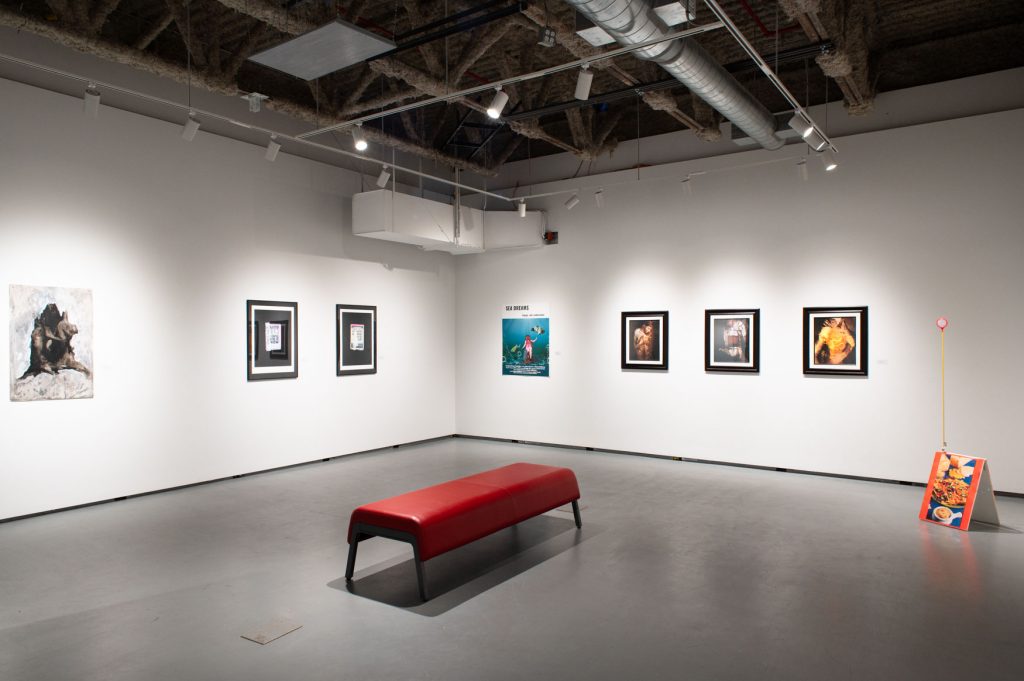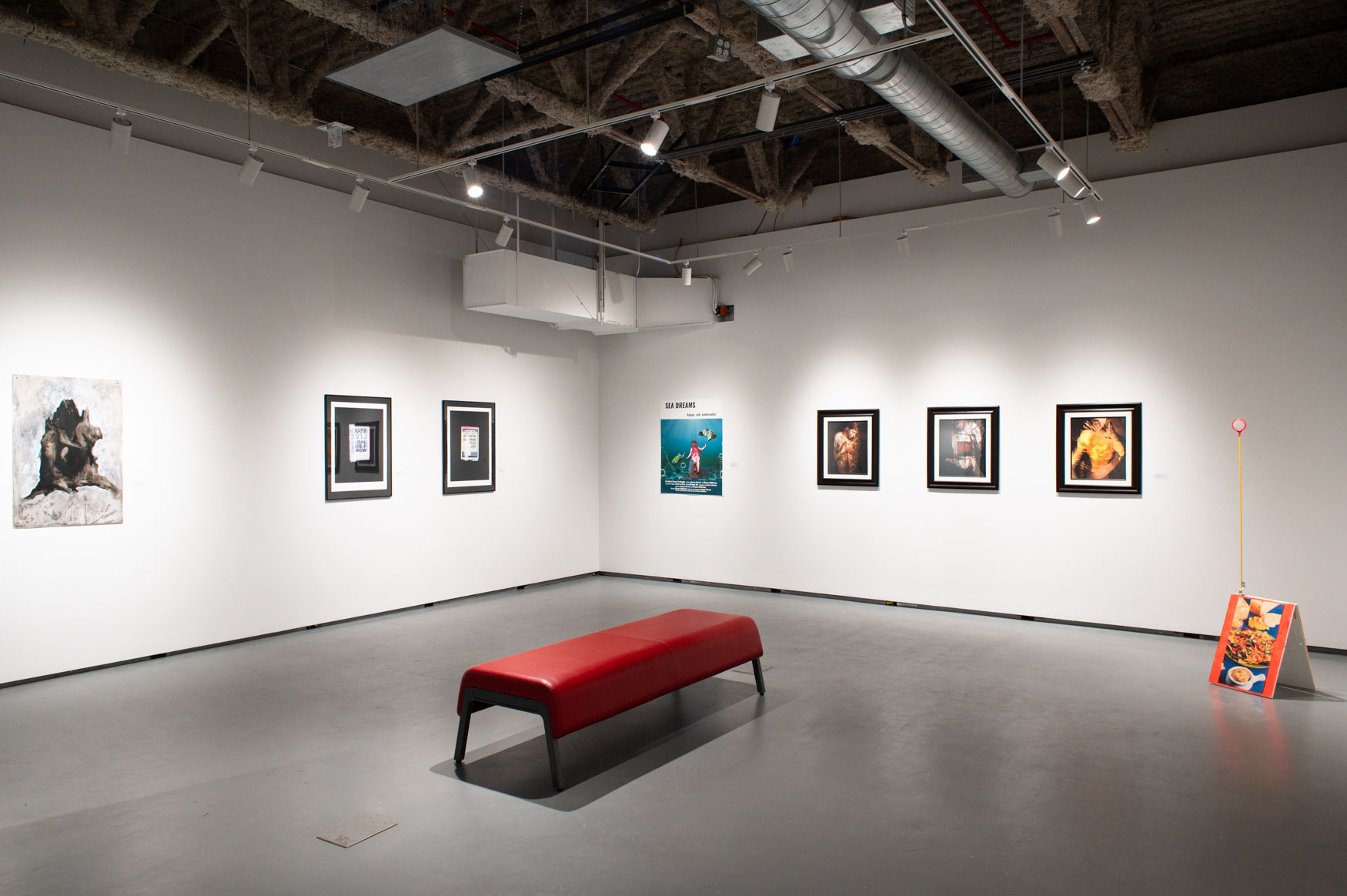
Gaza Image Superimposed on Picasso’s Artwork at UK National Gallery

# Activism in Museums: The Intersection of Art and Protest
In recent years, museums and galleries — traditionally regarded as sanctuaries for art and culture — have increasingly become arenas for political expression and direct action. The events surrounding the British activist group Youth Demand provide a poignant example of this development. On October 9, two members of the group were arrested at the National Gallery in London after staging a protest that involved pasting a photograph of a sobbing Gazan mother and child over Pablo Picasso’s “Motherhood (La Maternité)” (1901). The protest, aimed at bringing attention to the plight of Palestinians in Gaza and criticizing the UK’s arms trade with Israel, encapsulates the growing use of art spaces as platforms for activism.
## The Protest: Art Meets Life
The protestors — Jai Halai, a 23-year-old National Health Services worker, and Monday-Malachi Rosenfeld, a 21-year-old Politics and International Relations student — affixed the image of the grieving Gazan mother onto the protective glass covering Picasso’s painting. They also dumped red paint on the gallery floor to symbolize bloodshed, underscoring the violent realities they sought to highlight.
The image used in the protest, taken by Palestinian journalist Ali Jadallah, depicts a heartbreaking scene: a mother sobbing over her young son, his face bloodied during Israeli airstrikes on Al-Shifa Hospital in Gaza. This visual juxtaposition of grief and motherhood against the backdrop of Picasso’s serene depiction of maternal love aimed to provoke strong emotional responses from gallery visitors — a reminder that many people in war-torn regions, particularly Gaza, experience daily suffering.
According to protester Jai Halai, the action symbolized frustration with what he perceives as the UK’s complicity in violence through its arms trade with Israel. The two activists were quickly apprehended by security, and while no damage was done to Picasso’s painting, the protest gained widespread visibility online and in media circles. Their message: the UK government’s arms dealings with Israel are contributing to a humanitarian crisis, and action must be taken.
## The Politics of the Protest: UK Arms Trade with Israel
At the heart of this protest is a politically charged issue: the UK’s defense sales to Israel. While the British government recently suspended 30 of its 350 arms export licenses to Israel, there are still significant loopholes remaining. Specifically, parts for military aircraft such as F-35 fighter jets — which have been deployed in Gaza bombings — are still being exported. Protestors like Halai and Rosenfeld criticize what they believe to be insufficient action, highlighting that the partial arms suspension is more symbolic than effective.
This protest did not occur in a vacuum. It reflects broader discontent among segments of the British public who feel disillusioned with their government’s foreign policy. Halai emphasized that he was protesting not just as an activist, but as a healthcare worker who has seen the debilitating effects of war on children and families. “Decimated by bombs, by bullets, and by having to operate… on starved children,” he said, drawing attention to the gross lack of medical resources resulting from the blockade and airstrikes in Gaza.
In his statement, Halai called for a “two-way arms embargo” on Israel, stating that a majority of the British public supports this position and that “never before have they been more disillusioned with our government.” Meanwhile, Rosenfeld, who identifies as Jewish, underscored that his participation aimed to challenge the narrative that Israel’s actions are meant for self-defense. He openly called the situation in Gaza “genocide” and argued that standing up for Palestinians is crucial.
## Museums as Spaces for Protest
Protests in museums are not a new phenomenon, but they have gained momentum, particularly in activist circles seeking to draw attention to urgent social or political issues. Why, one might wonder, target art galleries for these actions?
First, art galleries and museums often serve as symbols of historical and cultural narratives. They reflect societal values and document human experiences across time. Protestors believe these institutions provide a significant platform to raise awareness of ongoing crises that, in their view, are underrepresented in mainstream discourse. In this specific case, the juxtaposition of Picasso’s “Motherhood” with the suffering of real-life mothers in Gaza was purposefully provocative, designed to make viewers connect art history with contemporary politics.
Second, museums are arbiters of public memory. By staging demonstrations in these spaces, protestors emphasize the need for historical accountability and visibility. The art world, much like broader society, is not isolated from political influence. Over the years, activism has forced curators, scholars, and institutions to think more critically about the artworks they display, their historical context, and, in some cases, their problematic connections to colonialism, violence, or environmental degradation.
## The Role of Independent Journalism
While the activists at the National Gallery succeeded in temporarily capturing the attention